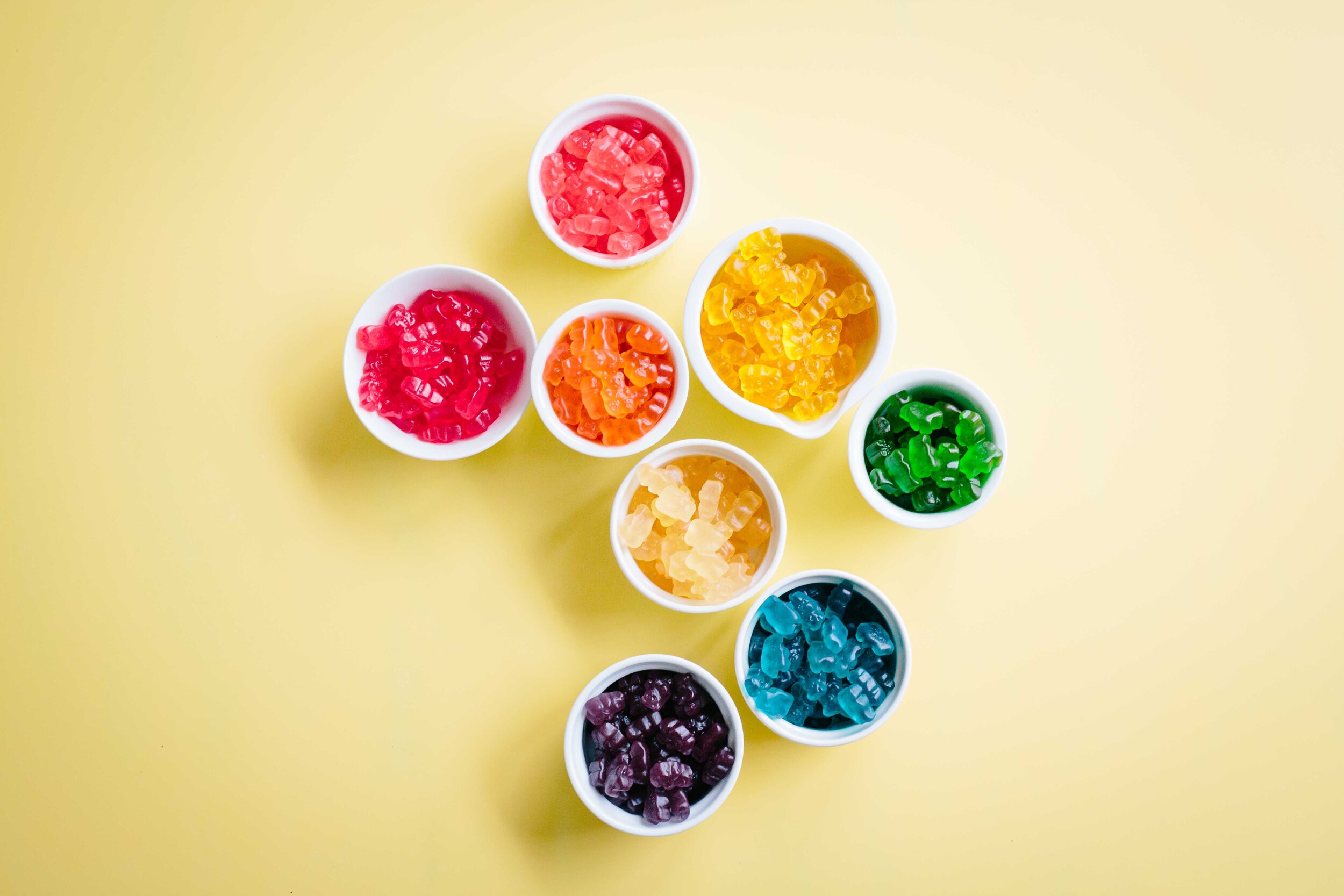Are You Allergic to Food Dye?
Have you ever had a reaction to a food that you thought was safe? It might have been the color.
While rare, allergies to food dyes affect approximately 4% of all individuals with allergies. Four dyes in particular are the most common culprits: carmine, tartrazine, annatto, and saffron.
Fun fact: did you know that carmine red dye is made from ground cochineal bugs?!
Tell me more.
Certifiable color additives are listed in food as either “dyes” or “lakes.”
Dyes dissolve in water and are typically manufactured as granules, powders, and liquids. You can often find them in beverages, baked goods, and dairy products.
Lakes, on the other hand, are not water soluble meaning they’re less likely to bleed. They’re typically used in products containing fats and oils.
What laws can protect us?
In 1938, Congress passed the Federal Food, Drug, and Cosmetic Act, assigning food color additives numbers (e.g., amaranth was renamed FD&C red #2). The regulation mandated listing color additives in foods, drugs, and cosmetics, and increased government oversight of these colorings.
By the 1950s, dyes became the focus of controversy because excessive use of certain dyes appeared to be producing illness. In the fall of 1950, many children became ill after eating an orange Halloween candy that contained 1-2% FD&C orange #1, a color additive approved for consumption. This event, coupled with hearings on its possible carcinogenicity, prompted the FDA to revisit all listed color additives.
In 1960, Congress passed the Color Additives Amendment. This was a federal law that required all dyes and colorants in foods, drugs, and cosmetics to be tested for safety before being used in any item sold. Of the approximate 200 substances used then, very few survived the testing process. Today there are less than 35 dyes approved by the FDA for use in foods, drugs, and cosmetics. Interestingly, it is possible for the FDA to approve a color for one use and not for another (e.g., cosmetics vs. foods).
You can read more about the color additives history on the FDA’s website, and make sure to check out their color additive status list!
What foods most commonly contain color additives?
Certain foods are more likely than others to contain dyes. Here’s a list to get you started:
Frozen meat and fish
Some wines/liqueurs
Jam/jelly
Soft drinks/fruit drinks
Hard candy
Condiments
Yogurt
Processed cheese
Ice cream
Cake mixes
Crackers/chips
Canned fruits and vegetables
Pastries
Cereals
Instant pudding
Liquid drugs (e.g., antibiotics, Benadryl, etc.)
Cosmetics and personal care products such as soap, lotion, shampoo, and makeup may contain dyes and color additives.
Symptoms of a dye-related reaction.
As with any allergic reaction, symptoms can vary widely in presentation and severity. Here are some symptoms you might notice during a reaction to dye:
Headaches
Itchy skin
Swelling of face or lips
Tightness in the throat
Hives
Difficulty breathing/wheezing
How do you diagnose it?
According to Dr. Jordan Scott, a Boston-based allergist, no standardized routine tests currently exist for diagnosing a food dye allergy. That said, a food additives patch panel test or skin prick test may still be used for diagnosis. There are blood tests available for carmine and annatto dye allergies.
In the absence of standardized tests, many patients will keep a food diary to track eating habits and reaction type and frequency. Others practice an elimination diet, which entails avoiding certain foods or ingredients for a few weeks to see if symptoms go away. A further option is an oral food challenge under the supervision of your doctor—this is considered the gold standard for food allergy diagnosis.
Have you had an allergic reaction to a color additive? If so, what additives did you avoid? Do you have any tips or insights? We’d love to hear from you!
- Meg & the Allergy Amulet Team

